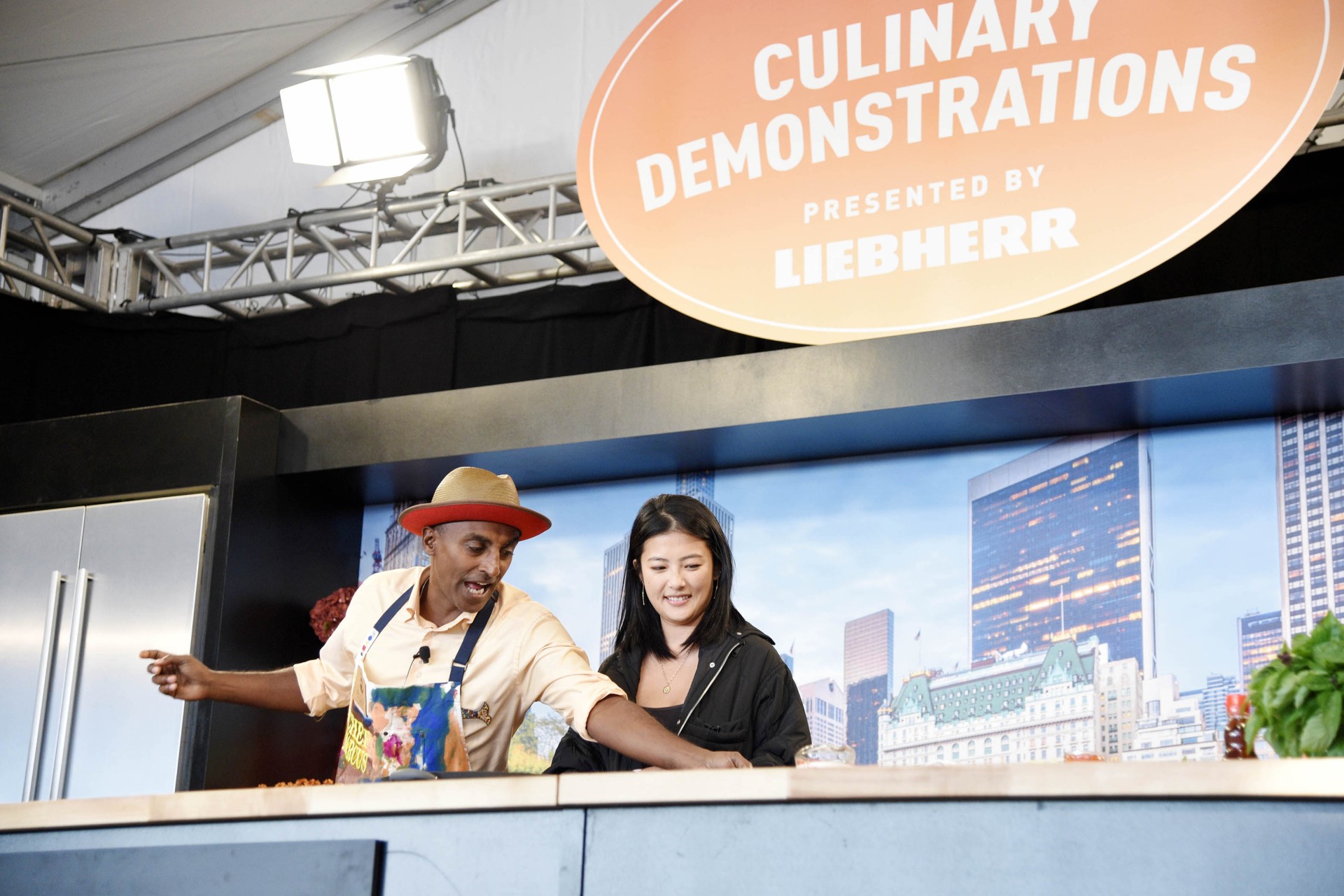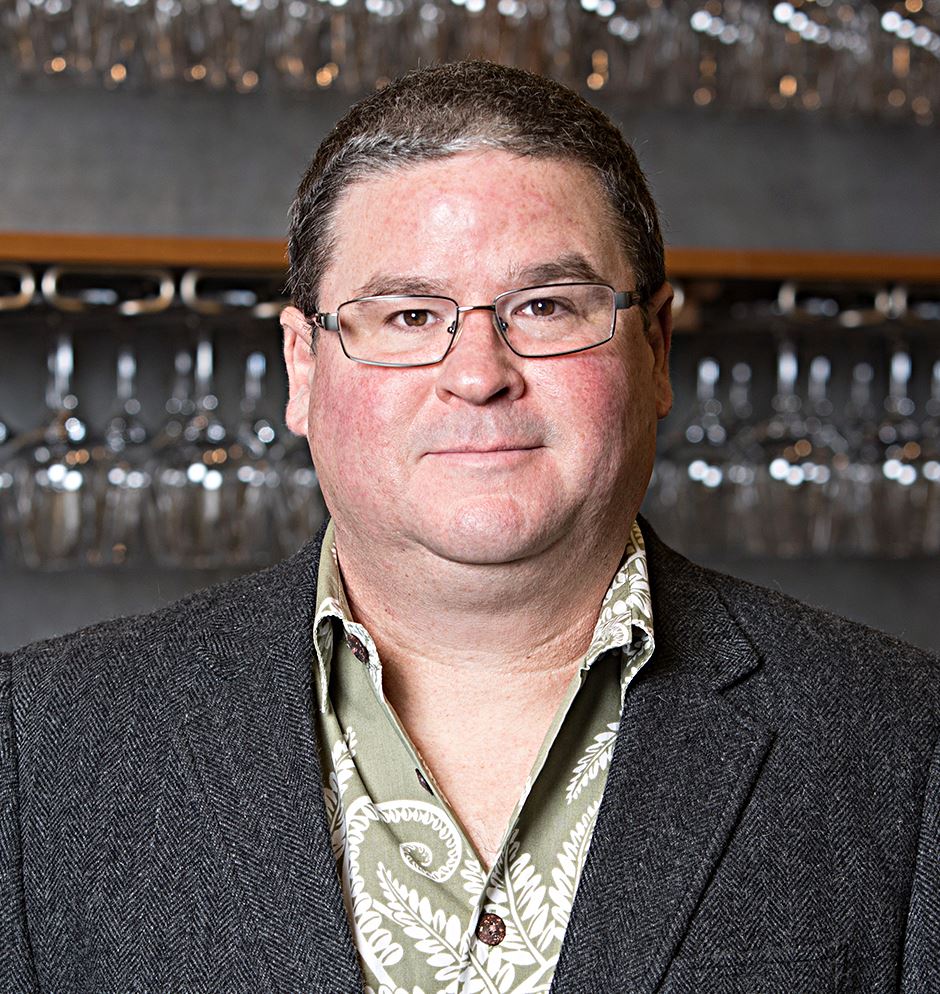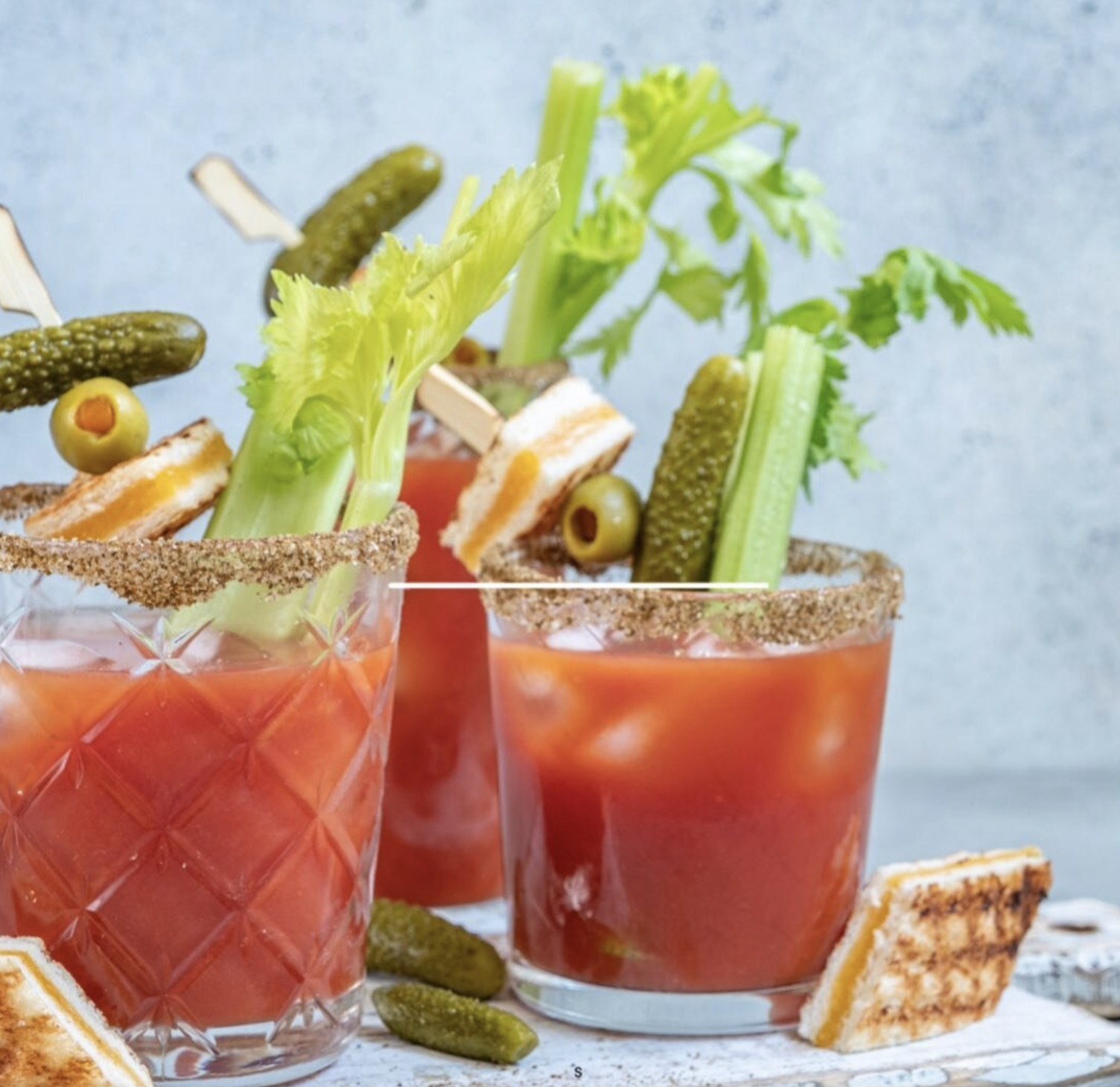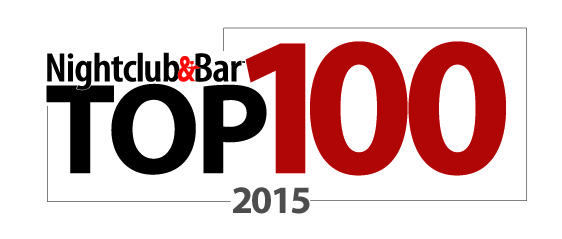The last two years have demonstrated the need to be concerned about food safety, as food safety expert and Director of Growth and Public Relations for ASI Matt Regusci will attest.
However, people are also drained from the events starting with the pandemic and looking for fun and variety. Social media and aggressive marketing can create the newest food trend, such as private chef Chef Pii’s Pink Sauce, a combination of dragon fruit, sunflower seed oil, chili, honey, and pink Himalayan sea salt. The bubblegum pink-colored sauce resonated on TikTok with its fluid taste (nothing definitive), fun packaging, and the FOMO (fear of missing out) effect.
But big sales of the sauce brought complaints and concerns about the product’s safety, including shipping, packaging, serving size, health benefits, ingredients, and even the color with various hues of pink. There were no instructions on how to store the product (it is shelf stable), misspellings on the label, and exploding bottles before arriving at their destination.
However, Chef Pii has partnered with Dave’s Gourmet Sauces to produce and market Pink Sauce on a commercial scale this fall with a shelf-stable version with no preservatives, artificial colors or artificial flavors.
Still, there are many pitfalls, according to Regusci, for any food product promoted on social media. “Mr. Beast did a fantastic job hyping the beef burger on social media, but that was different. He utilized ghost and commercial kitchens inspected by health departments and understood the requirements.”
Today, people can create a food product, use social media to promote it, and Regusci sees nothing wrong with using this platform. He realizes it is hard to develop a new product and build sales. “The problem is making certain the product is safe to consume. That is where more questions need to be asked by the consumer. I believe other influencers will realize that if they want to create and sell their own food products, there are guidelines they need to follow.”
Food safety covers many areas, and one of the key aspects includes the systems used to ensure that the product is consistently safe and maximizes safety. If the creators use a small batch facility or a cottage kitchen, depending on where it is located, the kitchen can already be inspected and certified. This is what should be used instead of an influencer’s personal kitchen.
If it is labeled a shelf-stable product, what is the pH of the product, and has a shelf life study been conducted on the product? This is why different best used by end dates are stamped or labeled on a product and vary by product. Are there any microbiological issues, and has any testing been done? Are there any chemical issues, including from the packaging?
“Influencers should discuss these concerns and show the testing done. It takes time to roll out a product, and testing can be conducted during the rollout,” says Regusci.
The biggest issue is labeling, and about one-third of Food and Drug Administration (FDA) recalls are because of label issues. This can be a minor as a misspelling or more serious issues such as where the product was produced and if there is an allergen as an ingredient and not probably labeled.
His advice for those who want to purchase a food product from an influencer is to wait. “Due to social media, if there are issues, they will get shown on social media. If a consumer is one of the first customers, they might be the ones finding out about problems with the product. Ask questions if someone really wants to be an early adopter and brag about being one of the first to try it. If there is no testing and not produced in a commercial kitchen, don’t buy it.”
If a customer does buy a product by an influencer and it is tainted, the consumer should contact the company. However, Regusci also reminds everyone that there are quality issues with food products bought at brick-and-mortar retail outlets.
“A quality issue does not mean it is systemic with other products; however, it can indicate a bigger problem. Send photos of the product, describe the problem and ask how it will be handled, either a refund or coupon to get another product. If there is no response and no procedure in place, then contact the FDA,” he states.
Sometimes, a consumer buys a product, and while there is no evident problem, there is a buzz on social media of complaints about the same product. If it is a small batch of 1,000 bottles and there is a problem with 100 bottles, 900 bottles do not have issues. However, that is 10 percent of the batch, which is not acceptable. The product needs to be investigated and see if this is an anomaly. Also, be aware that third-party platforms such as eBay do not vet all of the food products sold on its platform.
Read Also: Ritz-Carlton Grande Lakes, Orlando Renovation Hospitality
As a consultant for food safety companies, Regusci brings 15 years of experience in the international and national food safety and compliance certification world. He would enter the food safety industry when he helped his grandfather, a dairy consultant, with research while attending high school and college. Regusci began his career at Primus Labs. In 2008, he co-founded Azzule, an online compliance supply chain data management company and the parent company of PrimusGFS, a GFSI food safety standard. After Azzule, Regusci became a co-owner of WQS, a certification body that performs over 10,000 audits across the Western Hemisphere annually.
ASI offers safety and quality solutions to the food and beverage, dietary supplement, and consumer goods industries to support efforts to maintain only the highest product safety and quality standards. The Global Food Safety Initiative (GFSI) was created in 2000 to find collaborative benchmarked solutions to reduce food safety risks, audit duplication, and costs. ASI Food Safety offers the Safe Quality Food (SQF) Certification Program as a GFSI Compliance. For more info, visit asifood.com.








